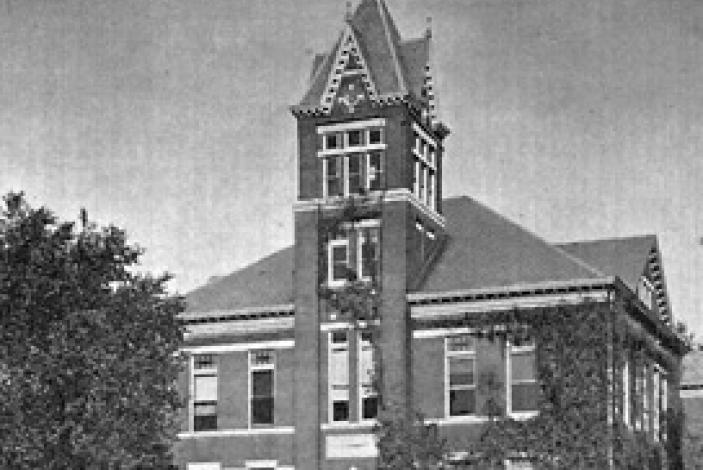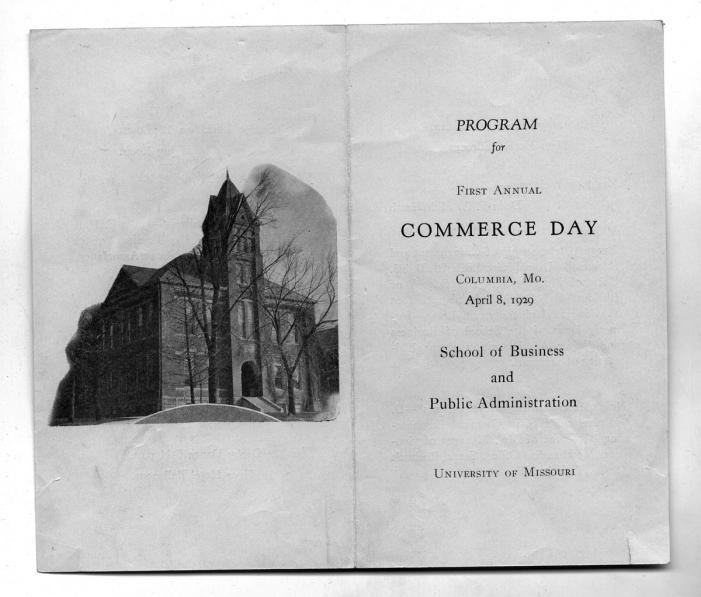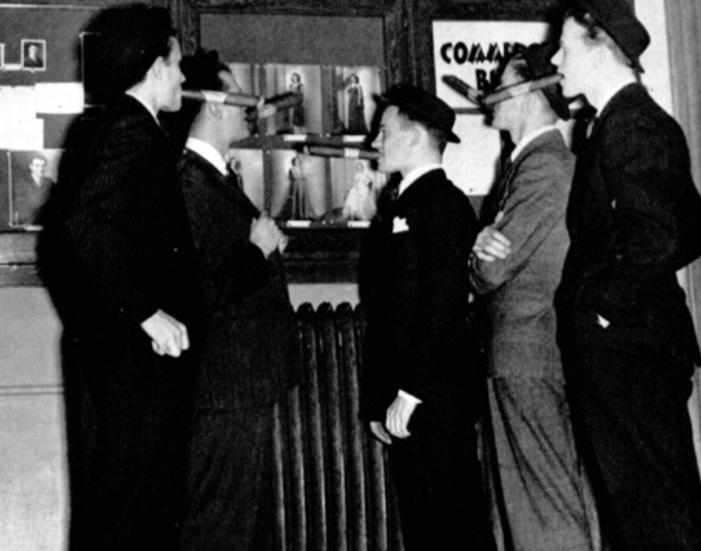
Celebrating 100 high-impact years: Part 4

The Trulaske College of Business is commemorating 100 years of excellence this year with a series on the history of the school, founded in 1914. The college’s history, along with photos from the last century, will be available in a commemorative coffee table book following the celebration.
Celebrating 100 high-impact years: Part 4
By David LaGesse
The timing wasn’t great, but nobody could know the booming economy later recognized as the Roaring 20s would soon be coming to an end. In April 1929, organizers launched the first Commerce Day to celebrate how the sizzling decade had filled the business school at Mizzou with students and optimism. It was just six months before the stock crash that changed the image of business and ushered in the Great Depression.
The swoon extended to the college, where enrollment fell more than 25 percent a couple of years from a high of nearly 220 in 1930. Like the nation’s economy, though, registrations soon began a steady climb later in the 1930s – and even outpaced the economy to exceed pre-crash levels by decade’s end. The promise of business success still drew students to the college as the faculty held together.
It was during the 1930s that the government affairs side of the school, then known as the School of Business and Public Administration, gained a national standing. Professor John Gilbert Heinberg became known for books on European government and American law enforcement and Walter W. Stewart for perspectives on the social sciences. Faculty member Elmer Wood straddled both disciplines to become a leading thinker on monetary policy, with what became a classic in banking literature, “English Theories of Central Banking Control.”
Throughout the grim Depression, students and faculty still celebrated the promise of business with their annual Commerce Days. The first year featured speakers that included the school’s former dean, Isidor Loeb, who had moved on to Washington University. It ended in a Derby Dance that night, as the tycoon’s bowler hat became a long-running icon of aspiration for the school’s students.
The dances were a Commerce Day staple through the decade. Luncheons and seminars filled out the day’s serious side, while students in 1936 added a cheeky election for Private Secretary – always a woman, of course. The honor later became Ideal Secretary about the time that students added voting for an always-male Ideal Boss.
That was 1940, as war enveloped Europe and drew America in by the end of 1941. Having just emerged from the depressed 1930s, students enlisted, faculty went off to advise the war effort, and now many celebrations seemed frivolous. Commerce Day was indefinitely cancelled.


